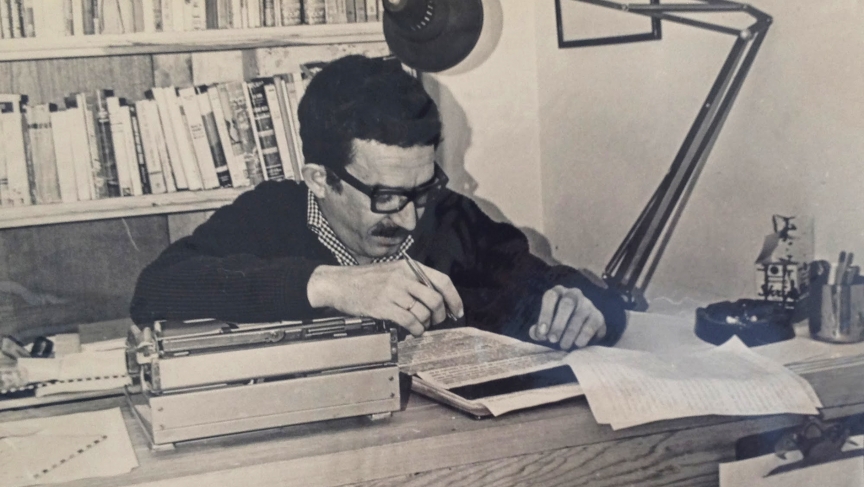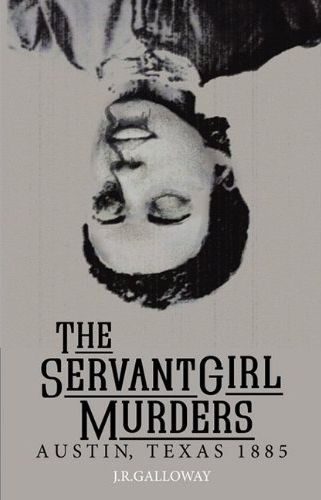
As the university wraps up this year’s Fleur Cowles Symposium “Gabriel García Márquez: His Life and Legacy,” it’s worth noting the Libraries (specifically the Benson Latin American Collection and LLILAS Benson) involvement in support of the noted Colombian author’s archive at the Harry Ransom Center.
The Benson’s Mexican materials bibliographer Jose Montelongo accompanied Ransom Center director Stephen Ennis on a trip to Mexico City, where García Márquez spent his final years, to review the archive materials, and upon the announcement of the acquisition, Montelongo responded to media inquiries providing perspectives on the importance of the archive to the university and researchers, and on the author’s station in the literary canon.
As the premiere Latin American special collection in the western hemisphere, the Benson will provide the complementary resources and support for researchers who come to Austin to utilize the García Márquez archive, further strengthening the partnership between the two institutions.
An article by the Austin-American Statesman on the recent opening of the archive drives home the importance of the relationship between the Ransom Center and the Benson.
Listen to a Public Radio International interview with Jose Montelongo on the acquisition of the archive of Gabriel García Márquez:
%CODE1%

